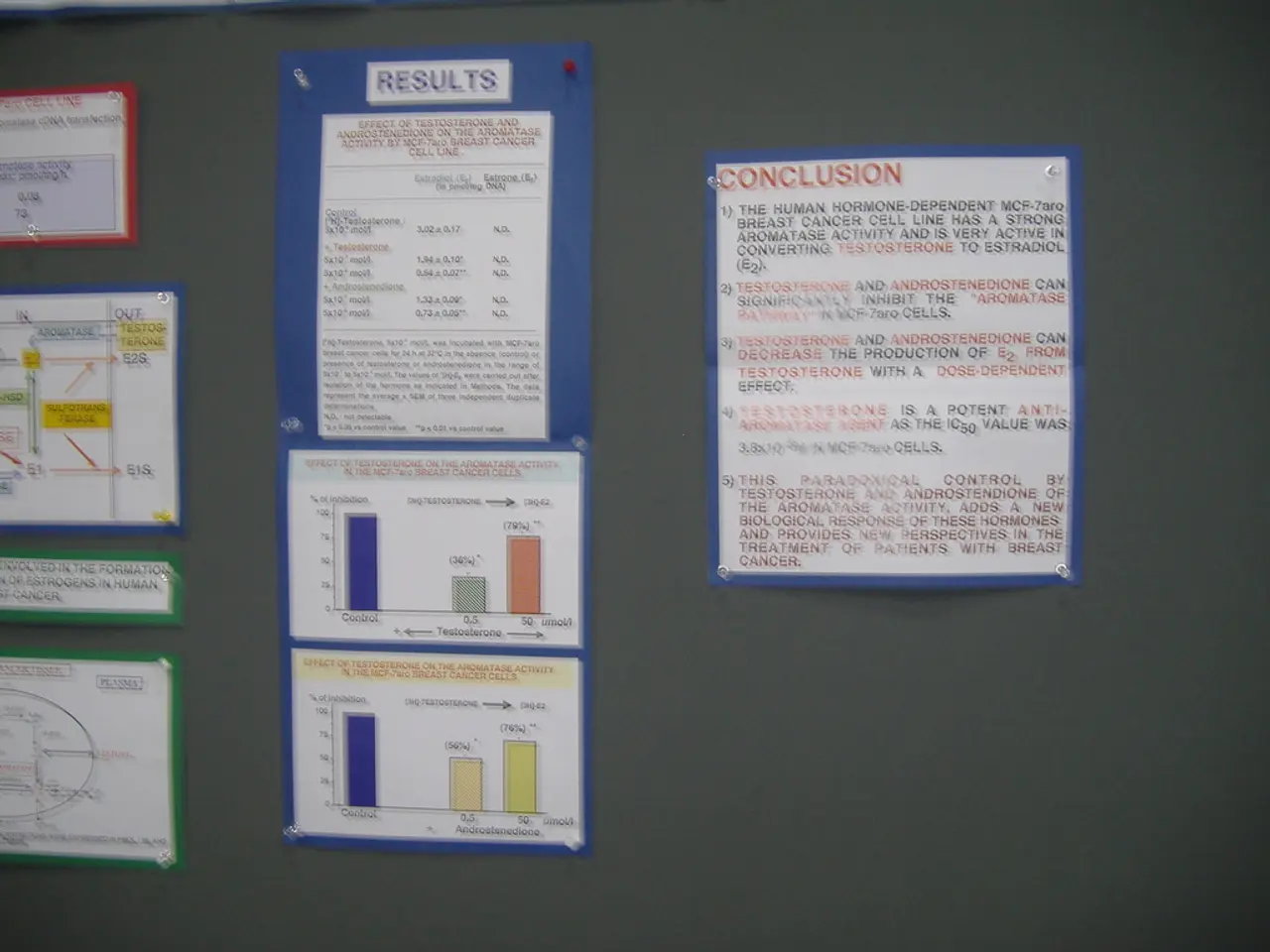Effective Utilization of Visual Aids for IB Revision: A Guide for Visual Learners
In the pursuit of academic excellence, International Baccalaureate (IB) students can benefit significantly from incorporating visual learning strategies into their study routines. Effective visual learning methods, such as mind mapping, infographics, flashcards, diagrams, and visual note-taking tools, can help students organise information, enhance understanding, and support revision aligned with IB themes and criteria.
Mind Mapping, a popular visual organising method, creates a diagram around a central concept to show relationships between different topics and ideas. Apps like MindMeister and SimpleMind are ideal for subjects requiring synthesis and analysis, such as IB Visual Arts and Theory of Knowledge. Mind maps help clarify relationships between ideas and support planning for essays or Extended Essays.
Creating or studying infographics is particularly useful for subjects like Economics, Environmental Systems, or Digital Society. Platforms like Canva or Piktochart offer a wide range of templates and design elements for creating IB-aligned thematic infographics that highlight key concepts, statistics, or historical timelines.
Flashcards, whether digital or physical, are versatile tools for visual learners that help with memorization by using images, colors, and concise information to reinforce key concepts. Digital flashcard apps such as Anki, Quizlet, and RevisionDojo (specifically tailored for IB Language B and Ab Initio) offer theme-based vocabulary and concept drills aligned to IB internal assessments and exam formats.
Drawing labeled diagrams and visual models is essential in sciences and visual arts for explaining processes, structures, or artistic concepts. Tools like Lucidchart or simple paper sketches help break down complex ideas into understandable parts.
Techniques like bullet journaling or digital planners (Notion, GoodNotes) allow IB students to integrate colour coding, symbols, and diagrams into their notes, enhancing engagement and organisation. These methods facilitate tracking deadlines, goals, and reflections—building discipline critical for IB success.
To get the most out of these visual tools, it's essential to tailor them to IB-specific themes and assessment criteria. For example, using RevisionDojo’s IB-aligned language practice or integrating visual arts inquiry methods improves focused learning. Inquiry-based and reflective exercises can also deepen understanding and connect personal insights with academic content, as recommended in IB Visual Arts and other subjects.
Lastly, combining analog (hand-drawn) and digital tools for flexibility and creativity can yield the best results. For instance, physical bullet journaling supplemented by digital backups or planners can provide a balanced approach to learning.
In conclusion, a strategic blend of these visual tools, aligned to IB curricula and learning profiles, will enhance comprehension, retention, and exam preparedness for IB students. By embracing these strategies, students can unlock their full potential and excel in their IB journey.
References: [1] RevisionDojo. (n.d.). Retrieved from https://revisiondojo.com/ [2] MindMeister. (n.d.). Retrieved from https://www.mindmeister.com/ [3] Canva. (n.d.). Retrieved from https://www.canva.com/ [4] Piktochart. (n.d.). Retrieved from https://piktochart.com/ [5] SimpleMind. (n.d.). Retrieved from https://www.simplenote.com/mind-mapping/
- In the realm of fashion and beauty, visual learning tools can aid in remembering makeup techniques or understanding color theory, using infographics and video tutorials.
- While shopping for a new car, digital flashcards can help potential buyers remember the pros and cons of various models, by visually presenting key specifications, reviews, and prices.
- In the home and garden, diagrams can be useful for visualizing various home improvement project layouts, using tools like SketchUp or simple sketches on paper.
- For those seeking personal growth, apps like Duolingo or Coursera can incorporate flashcards and graphics for language learning and academic subjects.
- In the realm of relationships, visual tools like empathy maps or communication tools (such as Relay) can help individuals understand perspectives and improve communication through visual representations.
- In the world of pets, dog training apps often utilize visual inputs like photos, videos, and diagrams for teaching commands and positive reinforcement techniques.
- When traveling, a combination of digital maps, travel guides, and personal photos can help capture and recall memorable experiences, creating a visual journal of one's adventurous lifestyle.





